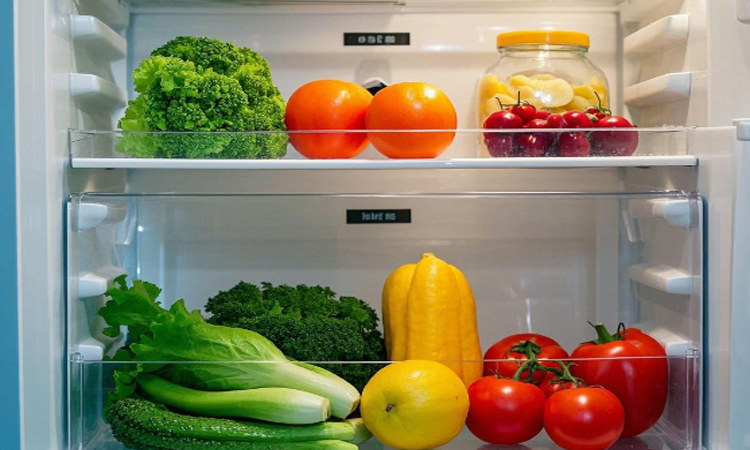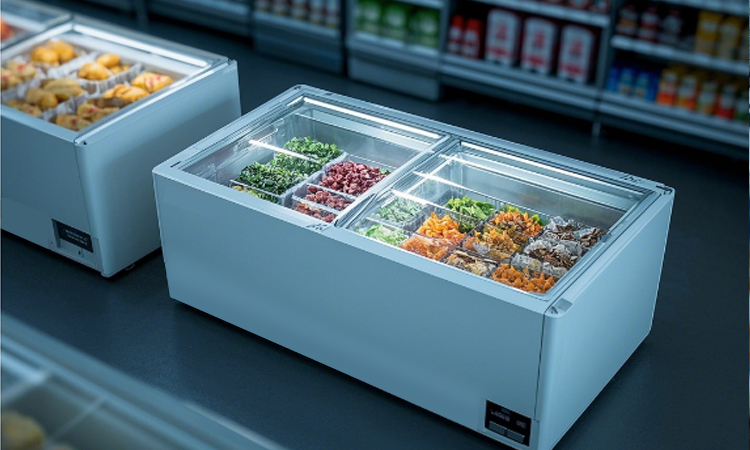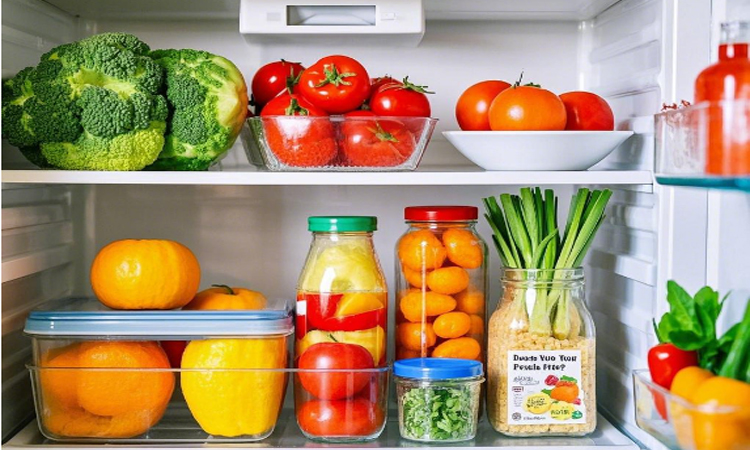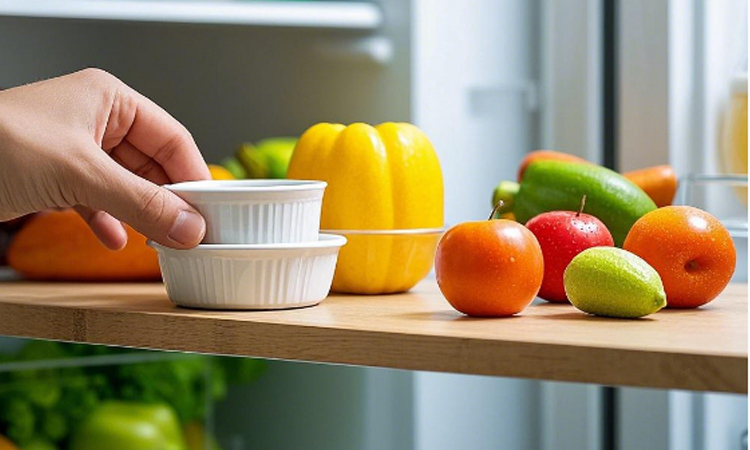
A drop in your refrigerator's cooling efficiency can be a frustrating issue, especially when it affects the freshness of your food. Identifying the problem is the first step towards resolving it. Here's how to troubleshoot effectively.
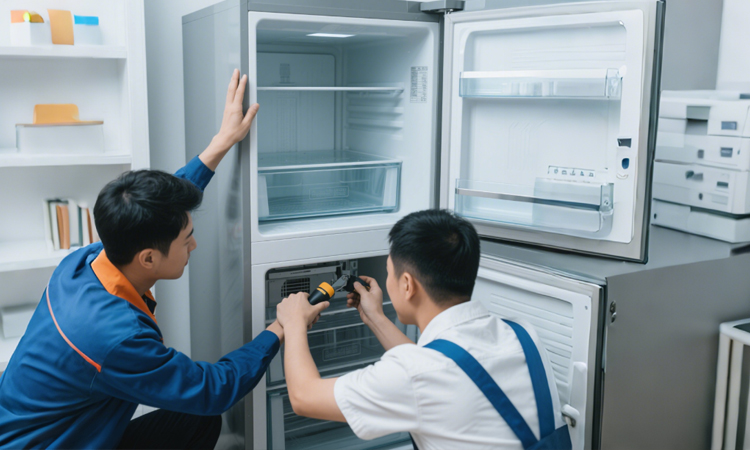
Check the Door Seal
A damaged or worn door seal can lead to cold air escaping, reducing the fridge's efficiency. Inspect the seal for any cracks or gaps and replace it if necessary. Make sure the door closes tightly and completely.
Inspect the Thermostat
The thermostat controls the temperature inside the fridge. If it's not set correctly or malfunctioning, it can cause the cooling efficiency to drop. Adjust the thermostat settings to ensure it's at the recommended temperature and check for any signs of damage.
Examine the Condenser Coils
Dirty condenser coils can restrict airflow and affect the fridge's ability to cool. Locate the coils, usually at the back or bottom of the fridge, and clean them with a vacuum cleaner or a coil cleaning brush.
Look for Blocked Vents
Blocked vents can prevent cold air from circulating properly. Make sure there's enough space around the fridge for air circulation and check for any obstructions in the vents that might be hindering airflow.
Consider the Fridge's Age
If your refrigerator is old, it may simply be time for an upgrade. Older models are less energy-efficient and can have worn-out components that contribute to reduced cooling efficiency.
Professional Help
If you've tried these steps and your refrigerator's cooling efficiency is still not up to par, it might be time to call a professional. A technician can diagnose and fix more complex issues that you might not be able to handle on your own.


